Thinking about buying a juicer? Here's everything you need to know
Everything you need to know to squeeze the day
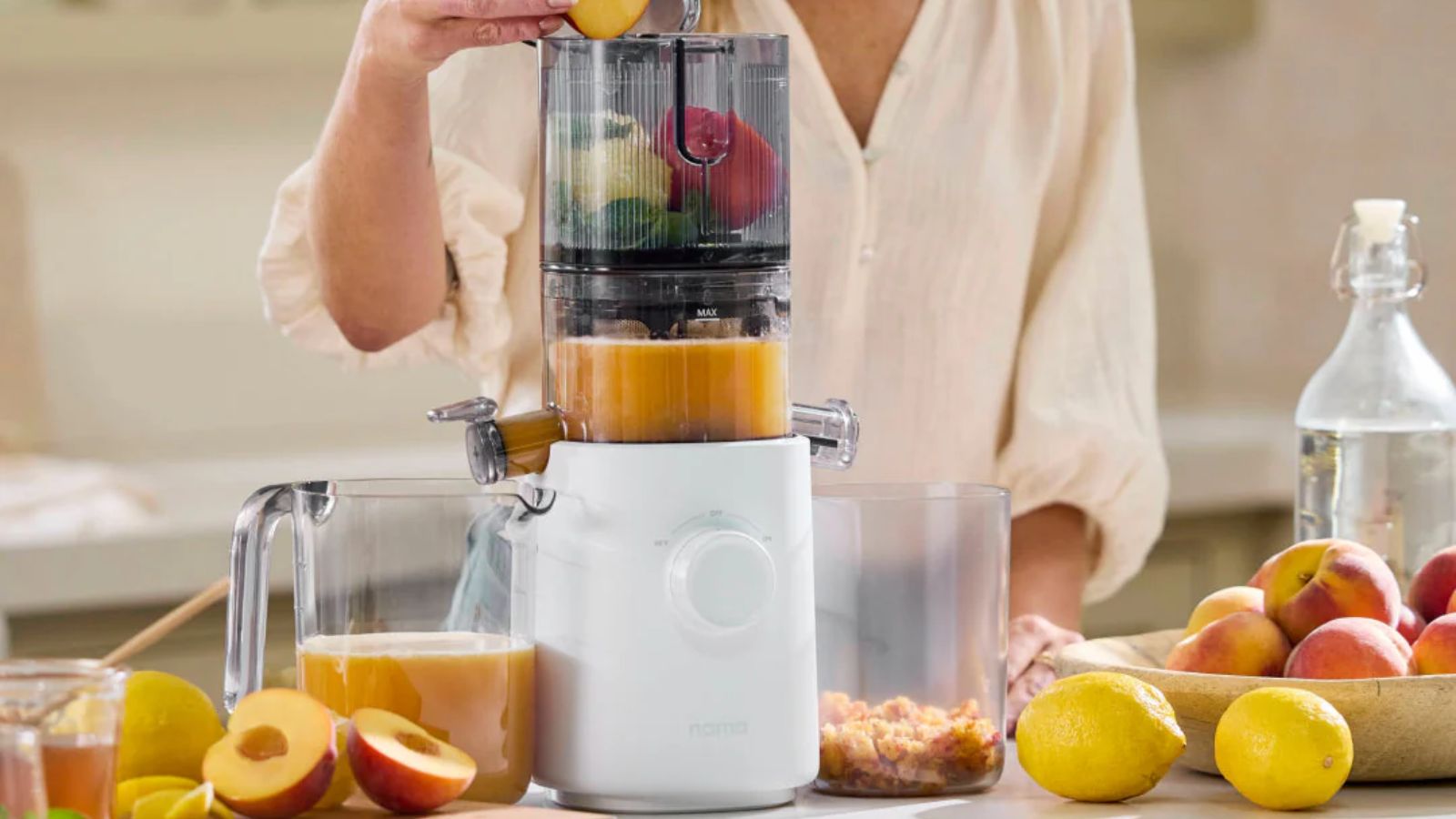

If you're wondering how to choose a juicer that will fit in with your kitchen, you're in the perfect place. The juicer market is immense with plenty of expensive models on offer. To avoid wasting your time and money, you'll need some advice.
Lists of the best juicers on the market will lump together all the different types of juicers, which is great if you want an overview. However, if you try to make green juice with a centrifugal juicer, or nut milks with a citrus juicer, it's a recipe for disappointment and disaster.
That's why we're here. Our experts have plenty of advice for how to choose a juicer that will suit your needs. We'll cover budget, speed, convenience, nutrient retention, and versatility. That way, you'll be able to tell which juicers are worth the squeeze without needing to consult the experts.
Different types of juicer
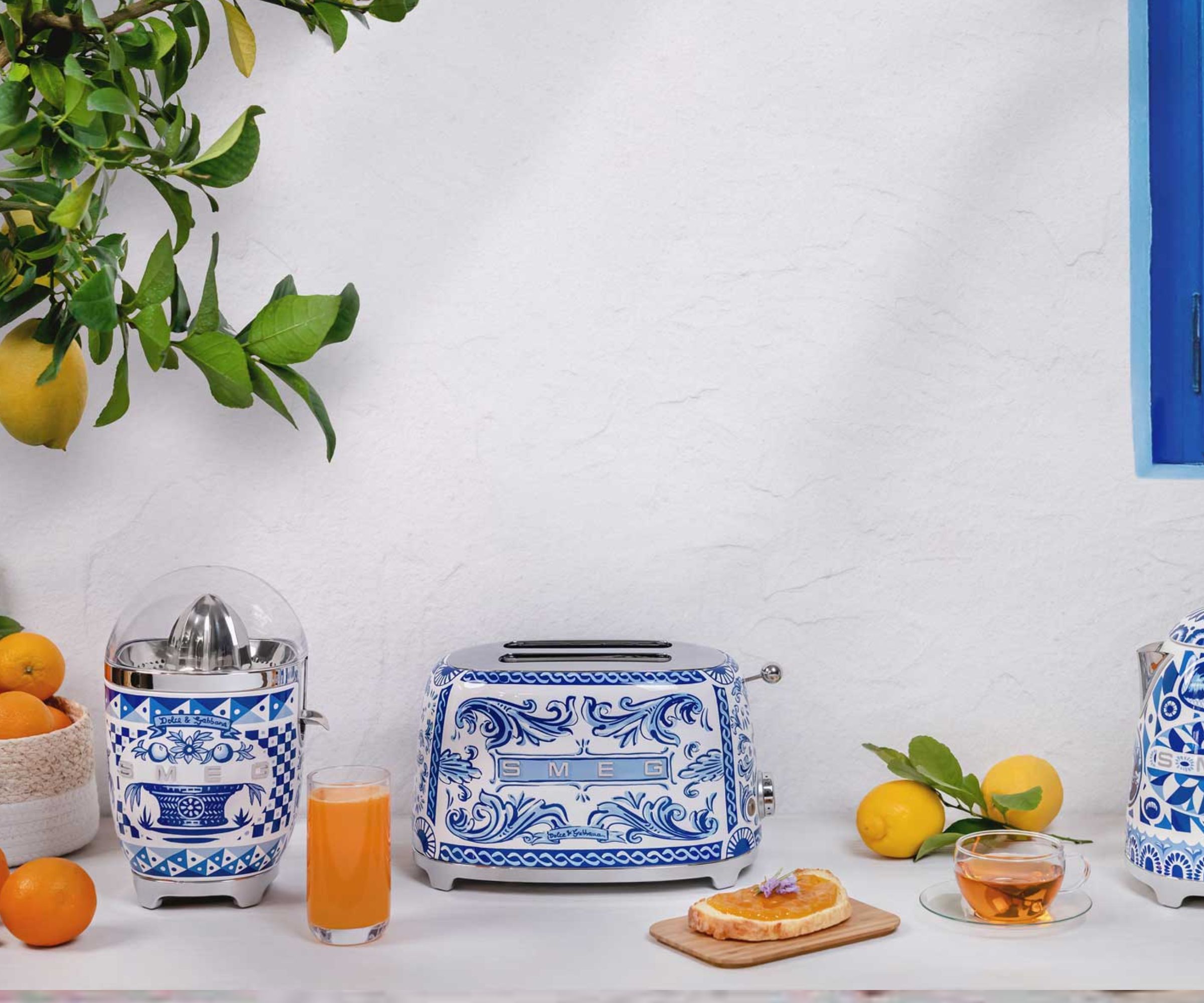
There are five different types of juicers. Looking at these can feel simultaneously overwhelming and confusing, so, before we go into the specifics of how to choose a juicer, I'll break down the different types and who they'll suit.
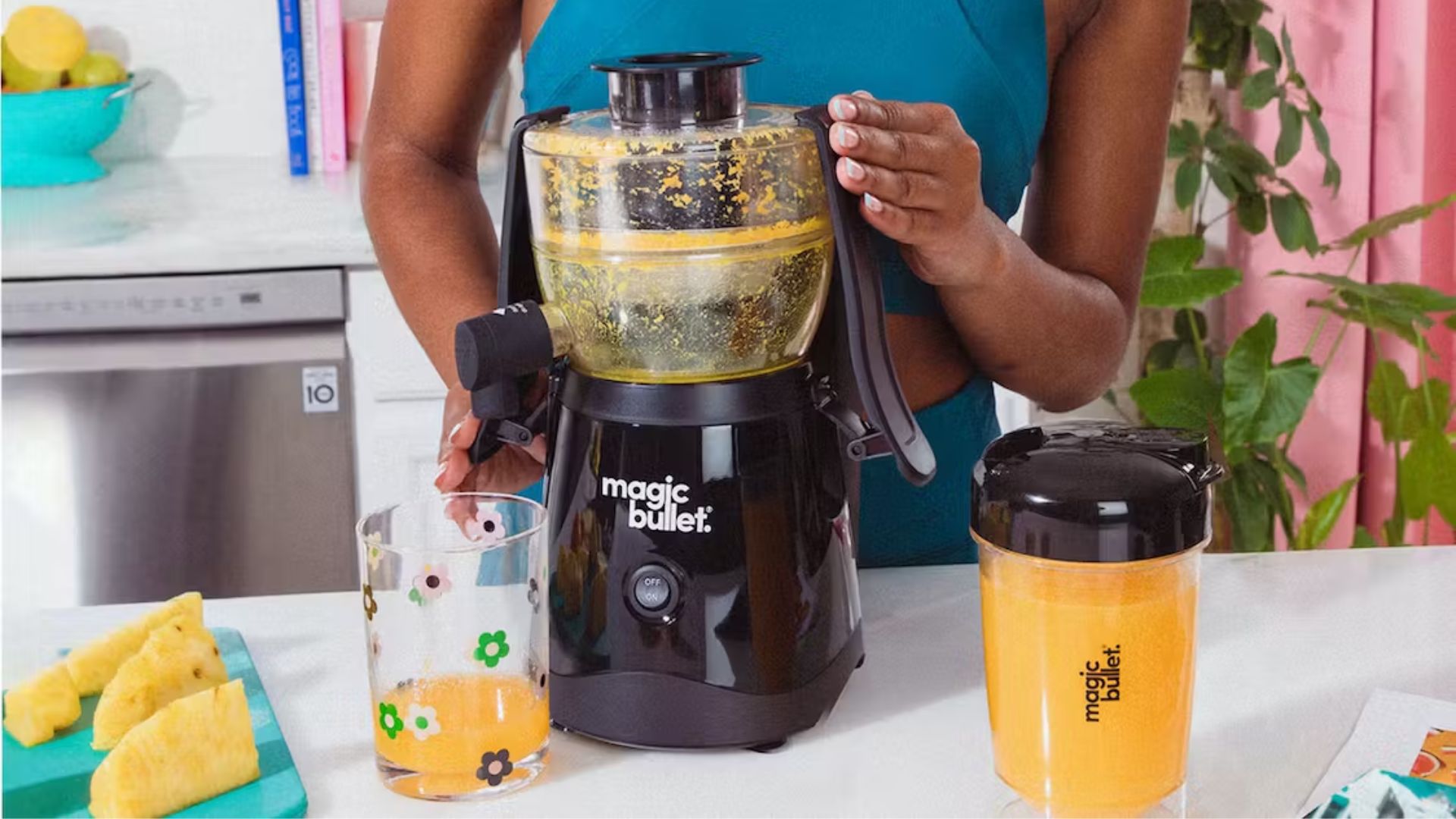
Centrifugal juicers suit beginners who want quick, easy juicing.
These work using a spinning blade to shred fruits and vegetables. It's a quick, cheap process that is easy to clean up after. The only trouble is that this process can be noisy. It also introduces a lot of oxygen and some heat into your juice, so it won't last as long or have as many nutrients as other, more gentle juicing methods. They're also less efficient at extracting juice from leafy greens and fibrous vegetables.
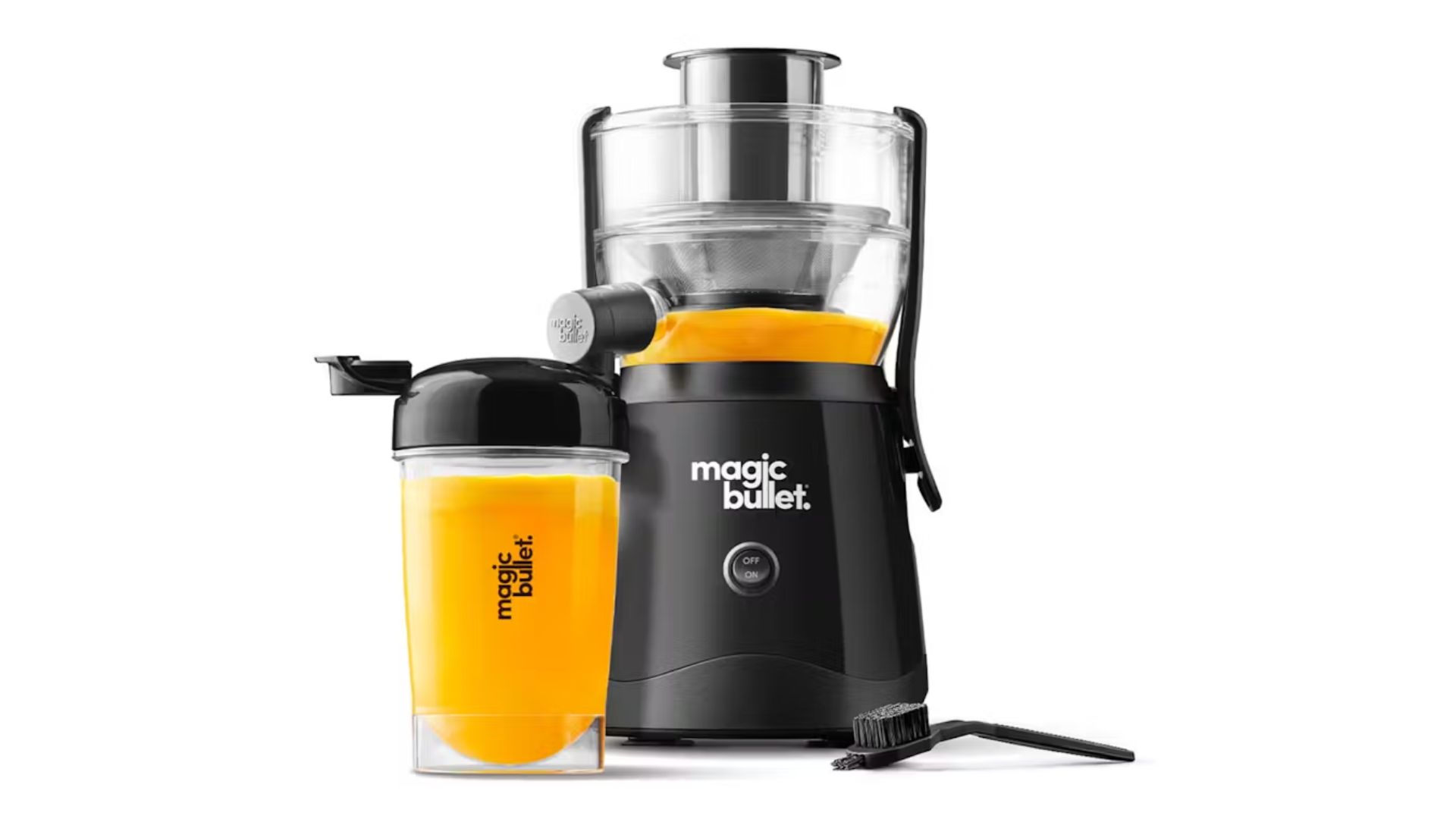
This is the best centrifugal juicer on the market. It's tiny but can make delicious juices in next to no time. If you've never had a juicer before, you'll love this.
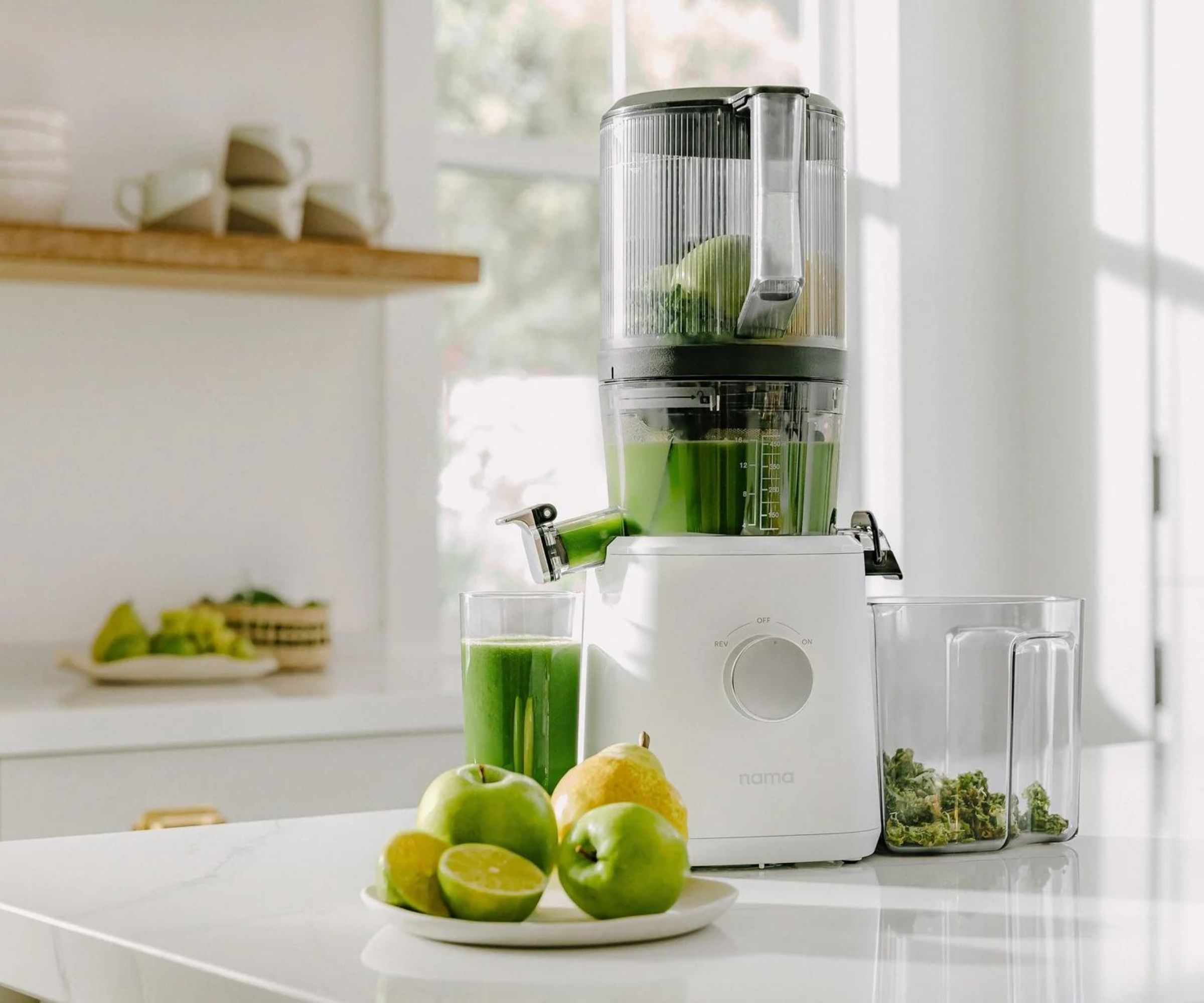
Masticating juicers (or slow juicers) give maximal nutrient retention and high-quality juice. They're more expensive though.
Masticating juicers work by crushing and pressing your fruits and vegetables to extract juice from them. These tough juicers generally give a higher juice yield, with less oxidation than centrifugal juicers. This means that the nutrients are well-extracted and expertly preserved, even if you use leafy greens, wheatgrass, nuts, and frozen fruits. They're quieter than cenrifugal juicers too.
Whilst that all sounds appealing, there are some drawbacks that come with masticating juicers. Not only do these models come with a more premium price tag, they are also made up of lots of little parts. These can be fiddly to assemble and a drag to wash up.
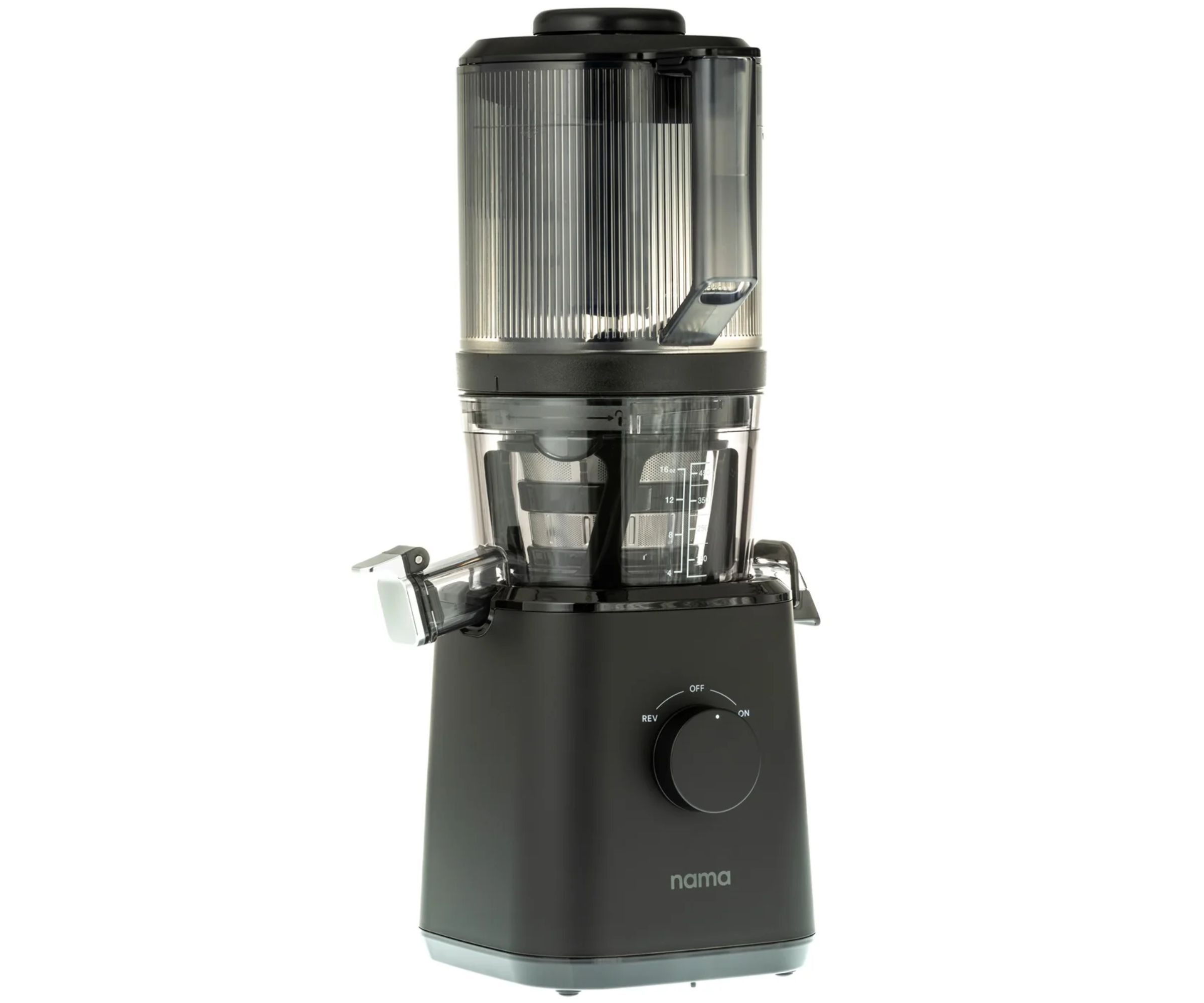
This is, without a doubt, my favorite juicer of all time. It looks smart and makes incredible juice, nut milk, smoothies, and sorbets. Nama even makes a smaller Nama J3 if the dimensions won't suit your home.
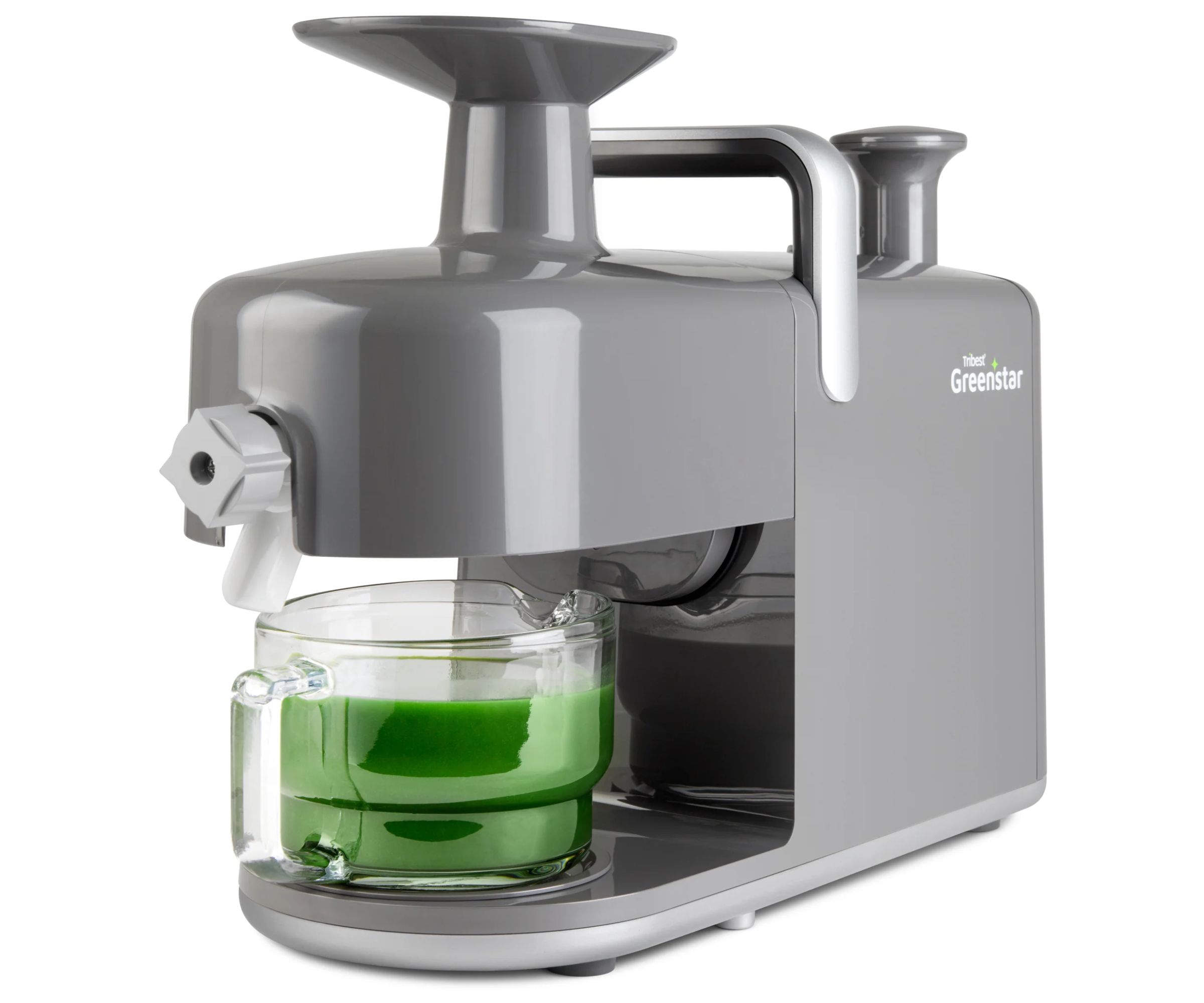
Twin gear juicers (triturating juicers) are for the more serious juicing enthusiasts who want a close to commercial machine.
Twin gear juicers give an even higher juice yield than masticating juicers. They use two gears to crush and grind ingredients, giving you as much juice as nutrients as possible. People use these for their yield, nutrient retention, and versatility. However, they're the most expensive, complex, and the slowest kind of juicer on the market.

I've never tasted better juices than the ones I made in the Tribest. The yield is incredible, but the process is very involved and quite demanding too.
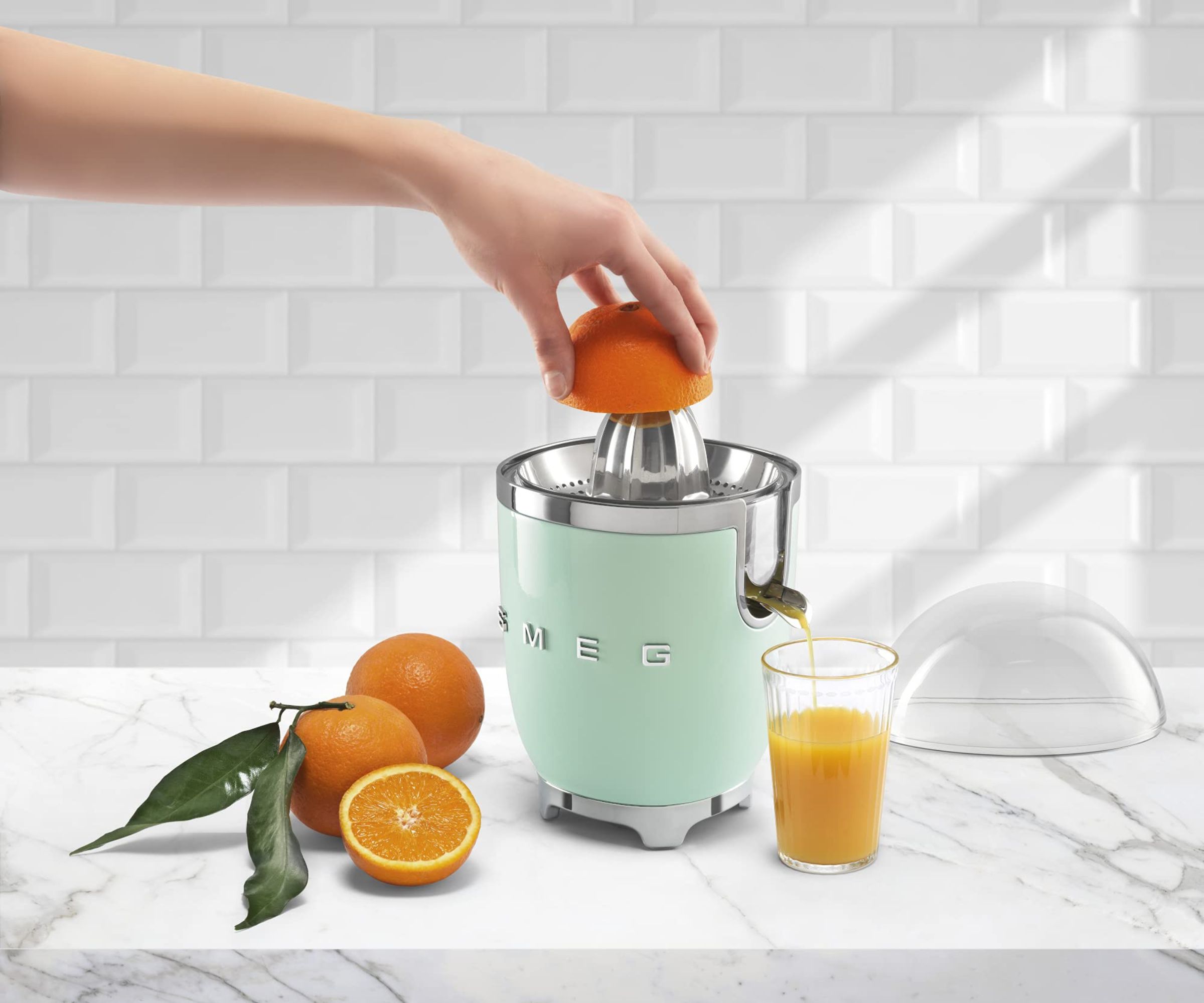
Citrus juicers are simple and perfect for those who want to juice mainly lemons and oranges.
These come in all shapes and sizes (some have motors and others don't). The clue is in the name with citrus juicers really. They're great for fresh orange juice and lemonade, but they can't juice many other ingredients. If you're on a budget and looking for a simple juicer, this is a good option.
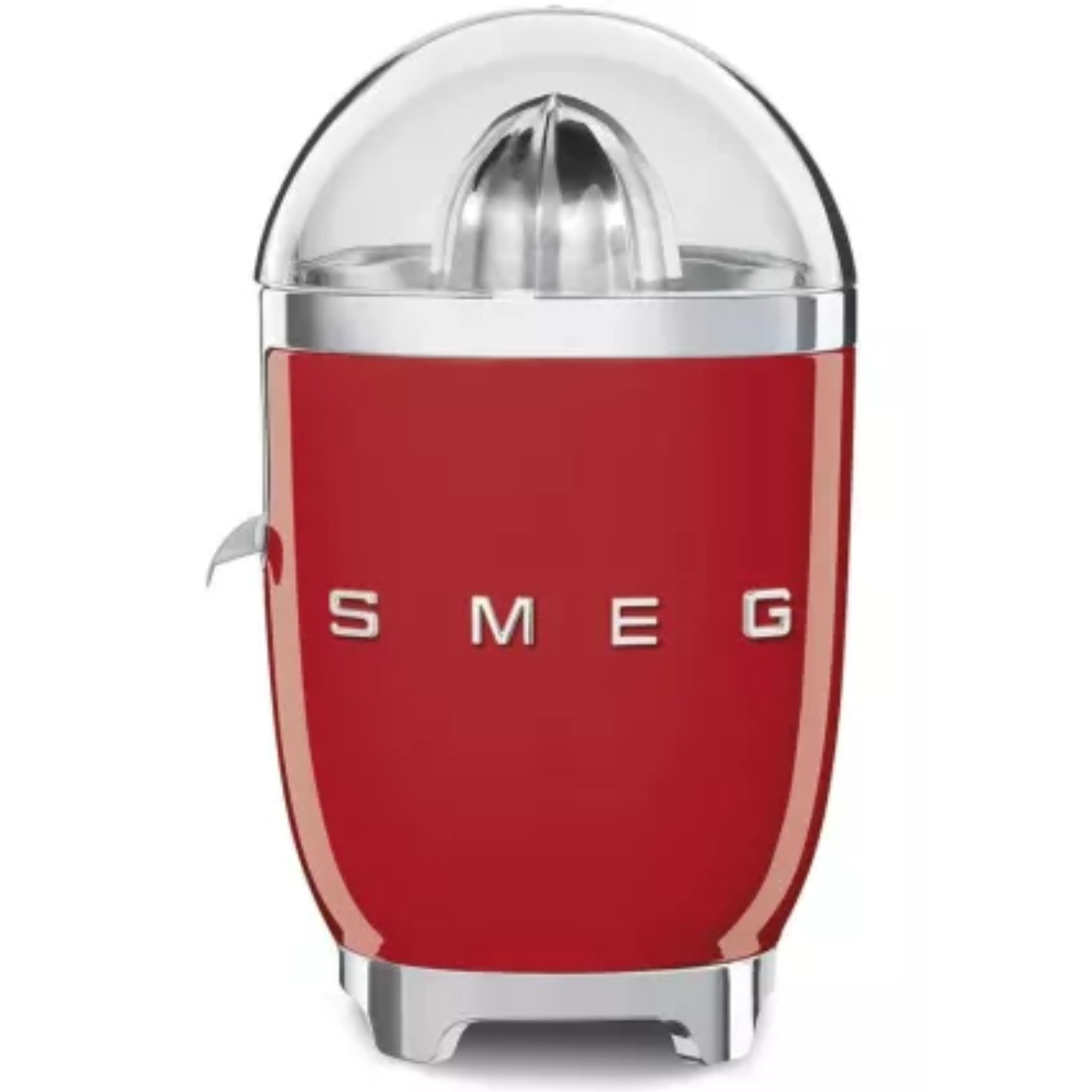
The Smeg Citrus Juicer wins full marks for style. It's available in a range of colors and patterns and will work your oranges and lemons hard. It's a design piece as much as it is an appliance.

Manual or hand crank juicers are often portable and budget friendly. Only use them for small quantities though or you'll get tired.
Manual juicers require you to flex some muscles. They typically use a hand-crank mechanism to press and extract juice from your ingredients. This is great if you don't want to be plugged into electricity or often on the go. It's an affordable option, but you'll need to give it more effort and time for less yield.

This is another beautiful juicer. I fell in love with the retro aesthetics of the Verve Culture and then, as far as manual juicers go, this offers a lot of help with the lever and stand too.
Aesthetics and style

Juicers are getting more and more attractive, you only have to browse through Nama or Smeg's selection to get some evidence of that. Whilst aesthetics might not sound like a key deciding factor for your appliances, it's actually really important for juicers.
If you plan on juicing daily or keeping yours out on the countertop, it needs to be a style piece too. You can pick your juicier in a color that matches your kitchen scheme or you might want yours to make more of a style statement. If in doubt, black, white, and stainless steel tend to blend into all homes.
Aside from color, the build of different juicers can vary significantly. For example, Smeg's citrus juicer looks really retro and if you can find models from their Dolce & Gabbana collaboration, you'll see just how colorful they can be too. Nama, on the other hand, makes modern, minimalistic juicers that look sleek and simple. Depending on your kitchen style, you might opt for a different juicer.
Size and capacity
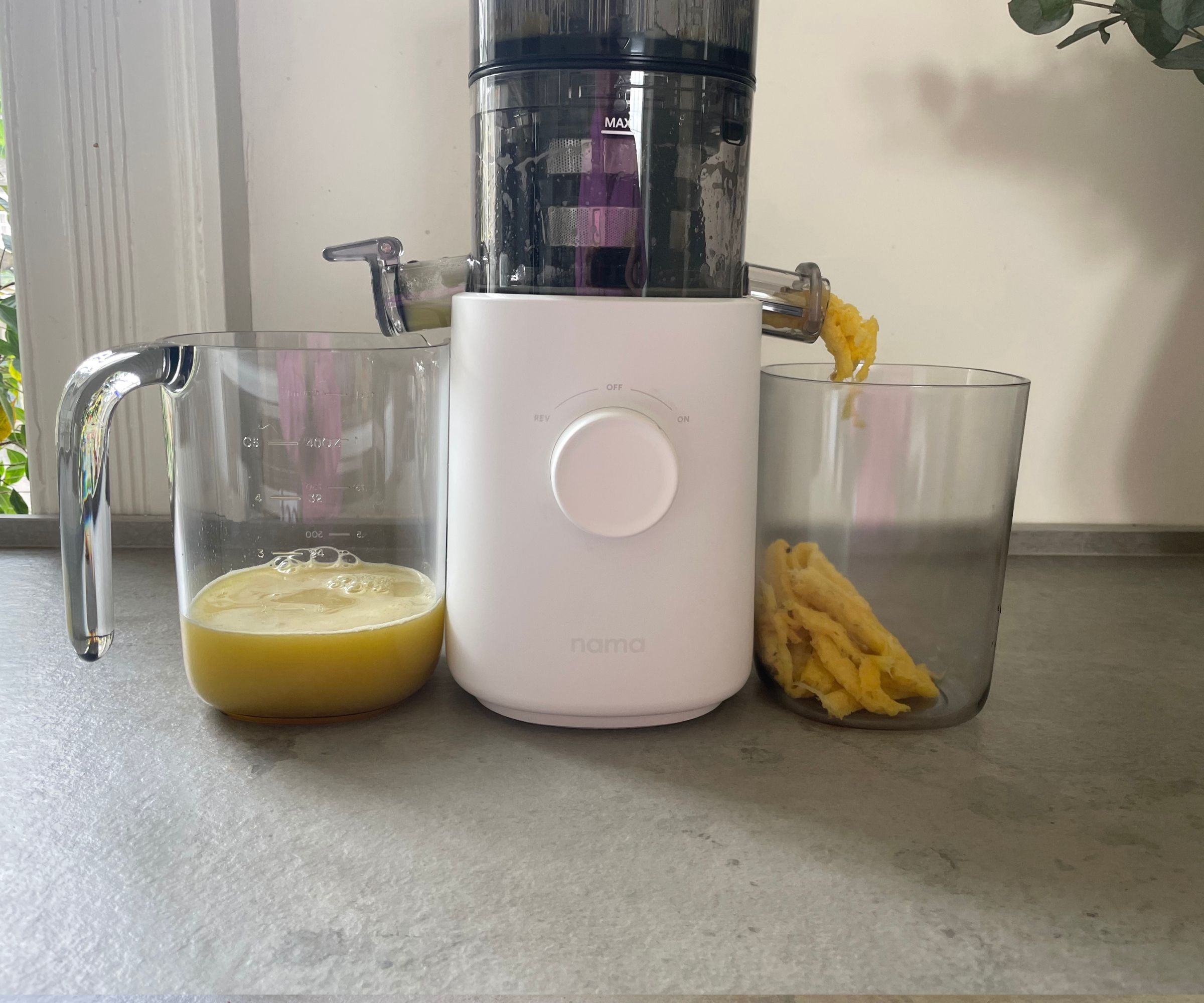
Juicers come in all shapes and sizes, so you'll want to think about how often you'll use it and where you'll store it before you commit to any specific models.
Juicers tend to get very tall, so whilst you check the width and depth of your countertop, take special care over the height that you have underneath any cupboards. A juicer that's too tall to sit against your wall will get in the way.
If you use your juicer every day and you have the space, you might keep yours on the countertop. Alternatively, if you want to tuck yours away in a cupboard or pantry, make sure that you've got space for your juicer and all of the accessories.
You might also want to think about how heavy your juicer is and how much juice it can make. There are plenty of petite and portable options on the market, which are great for small kitchens (I'd recommend either the Magic Bullet Mini Juicer or the Nama J3). However, if you're juicing for the whole family, you might want a bigger juicer that offers more capacity.
Here's a table to break down the different capacities to expect from juicers:
| Row 0 - Cell 0 | Pulp Container Capacity | Juice Jug Capacity |
| Small (for couples) | 34 oz | 17 oz |
| Medium (for small families) | 34-68 oz | 17-34 oz |
| Large (for big batches) | More than 68 oz | More than 34 oz |
Functions and features
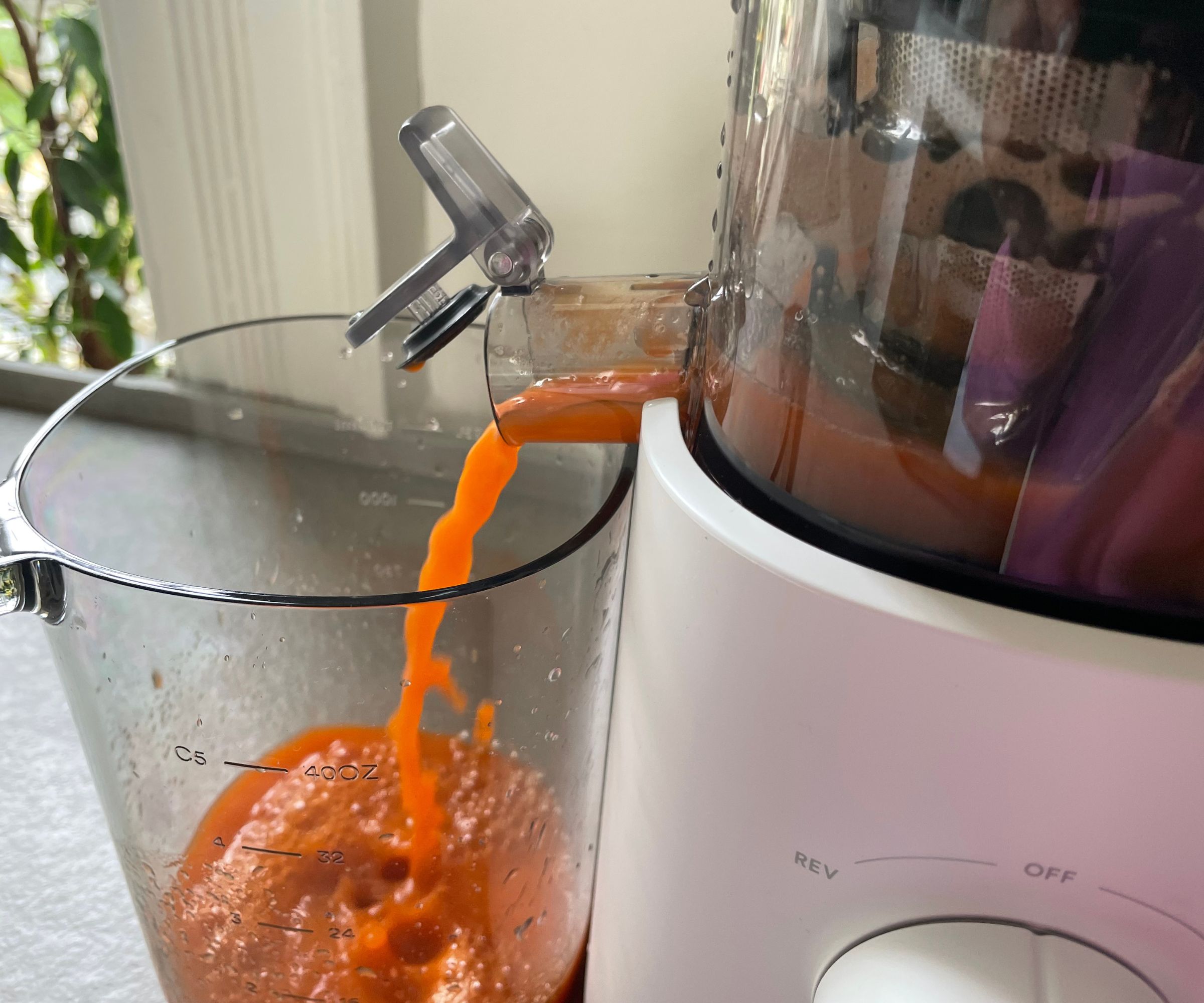
If I had to emphasize one specific decision factor category, it's the functions and features of your juicer. If yours doesn't effortlessly meet your needs, you won't ever reach for it, rendering it a waste of money and space.
You'll have seen further up that the different types of juicers lend themselves to different functions. You'll want to think about the kinds of juices you want to make when choosing which juicer to buy. If you know you'll be juicing leafy greens, wheatgrass, and ginger as well as making sorbets and nut milk, you'll want a masticating or twin-gear juicer. On the other hand, if you know you'll only use soft or citrus fruits, you might opt for a centrifugal or citrus juicer.
The nutrient retention plays into the kind of juicer that you want. The slower, more expensive juicers tend to preserve your juice better as well as extracting more of the nutrients. This might not be at the top of your list of priorities, since you'll get nutrients from any juice. However, recovering cancer patients, for example, often opt for twin-gear juicers since these extract the maximum amount of nutrients.
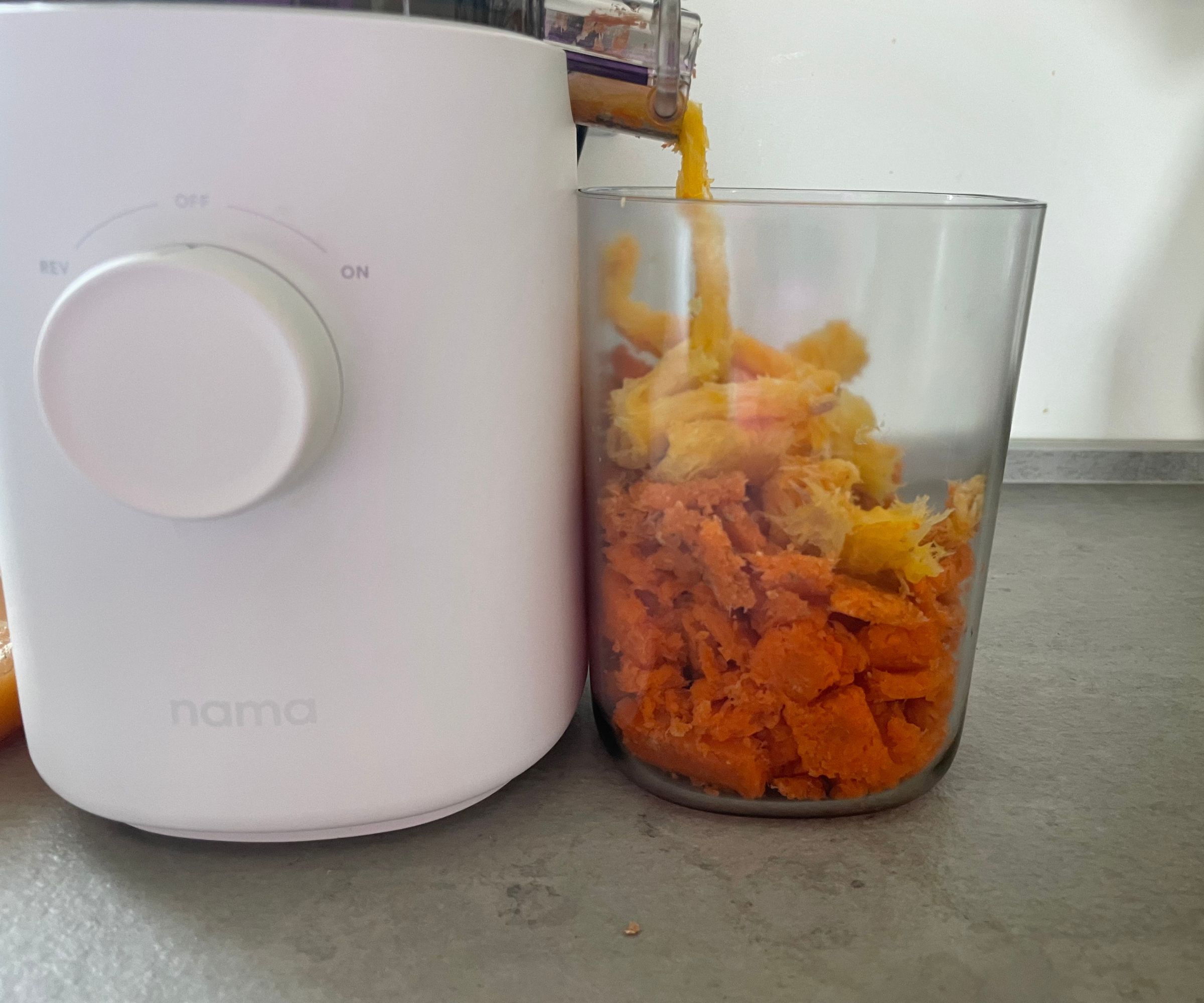
A good test for juice extraction and nutrient retention is to look at the waste pulp and the bubbles on your juice. The waste produced by a juicer should be minimal and dry. This indicates that your machine has extracted every last drop of goodness in the process. Similarly, whilst foam on top of your juice might look fun, it shows that your juice has been spun around and oxidized. This is fine if you drink your juice straight away, but it means that your juice will break down and go off within the next day or so.
Another feature to consider is speed. The centrifugal juicers will make you juice in seconds. That's not even a turn of phrase, the Magic Bullet juicer made me a batch of carrot juice in 20 seconds.
I have a masticating juicer at home, which is a little slower. It doesn't take more than two minutes to make up to 30 oz of juice, but if you hate waiting around, you'll want to opt for a speedy, motorized model.
Value and warranty
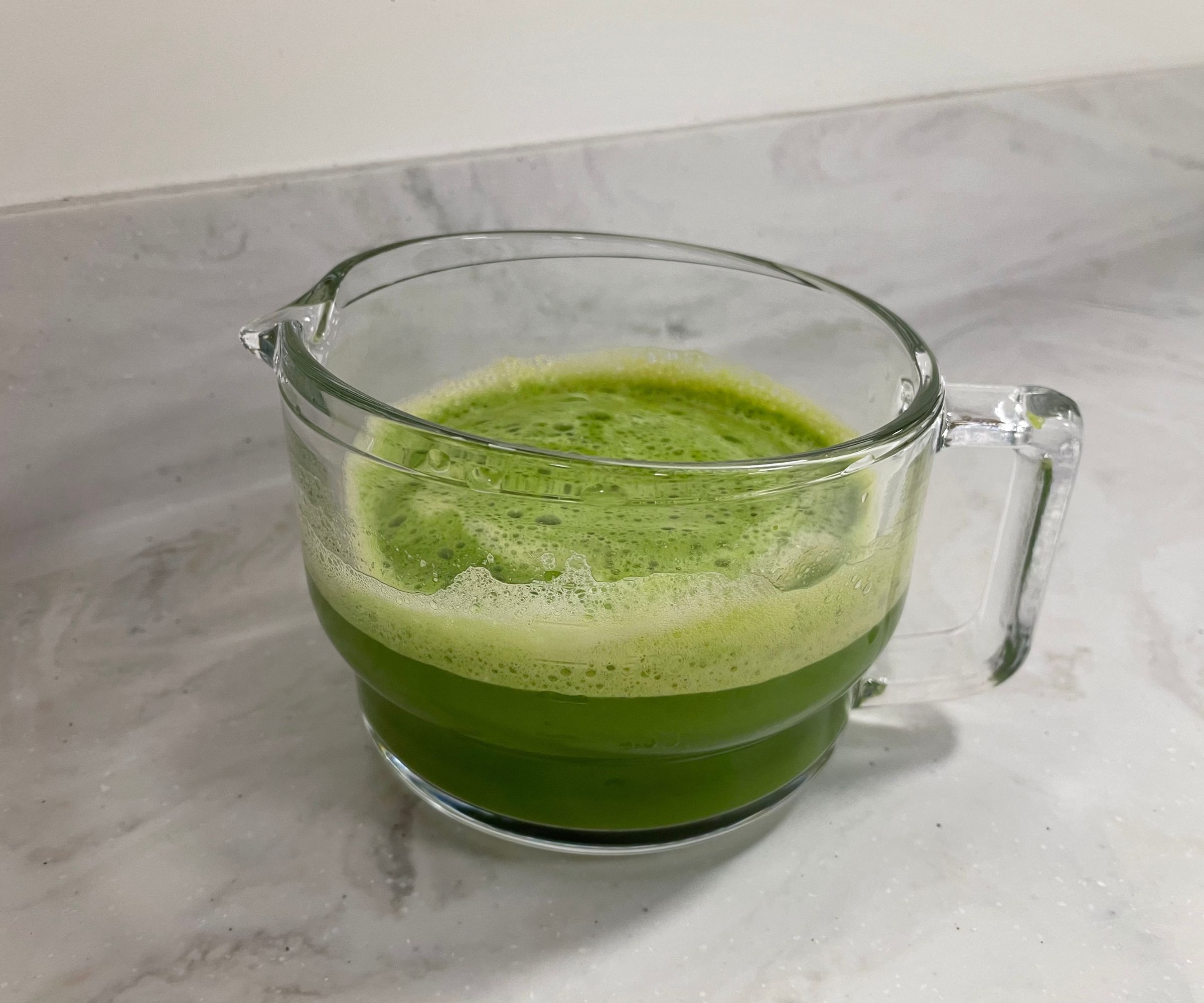
Juicers can be really expensive. You could spend thousands of pounds on them, but even the most expensive ones aren't necessarily bad value.
If you want a cheap juicer, you can pick one up for under $100. At this price point, you'll be looking at a basic centrifugal juicer or a manual juicer. If you're happy to spend up to $250, you'll get centrifugal juicers which are more durable, with more features, and a higher juice yield. There are even some entry-level masticating juicers in this price bracket.
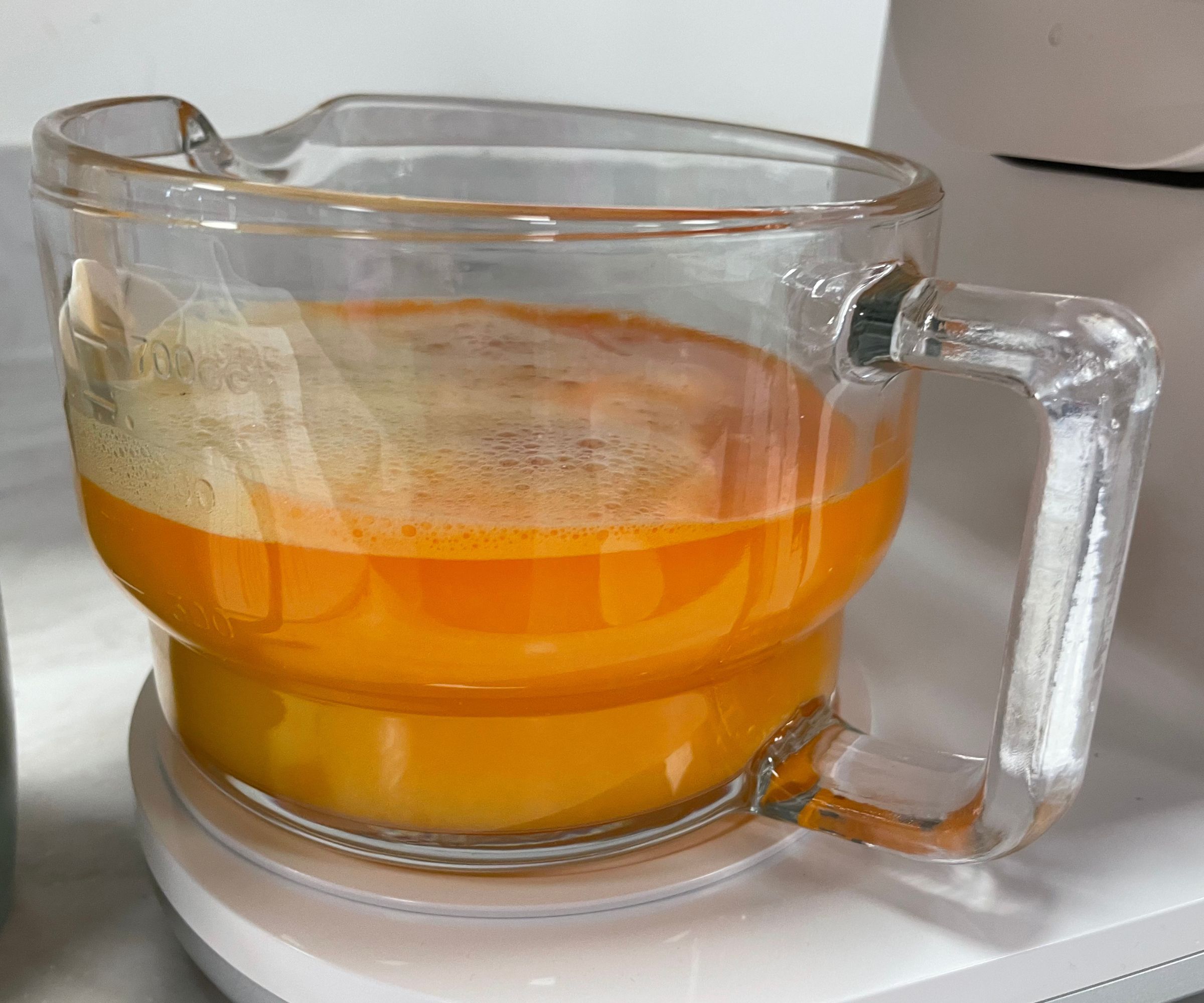
If your budget can stretch to $500, you'll have access to high-end masticating juicers as well as some twin-gear models. These give better juice yields, higher nutrient retention, and a much better build quality. They're a larger upfront cost, but you'll get more guarantees and premium materials thrown in. If you can, I'd recommend looking around this price point.
If you're happy to spend more, there are plenty of premium twin-gear and masticating juicers at this price point. Here you're getting long warranties, maximal extraction, and premium materials. However, these are often complex to assemble and clean. I recently reviewed the Tribest Greenstar 5 juicer, which falls into this category. It made the best juice I've ever had, but it wasn't without its faults.
Assembly and cleaning
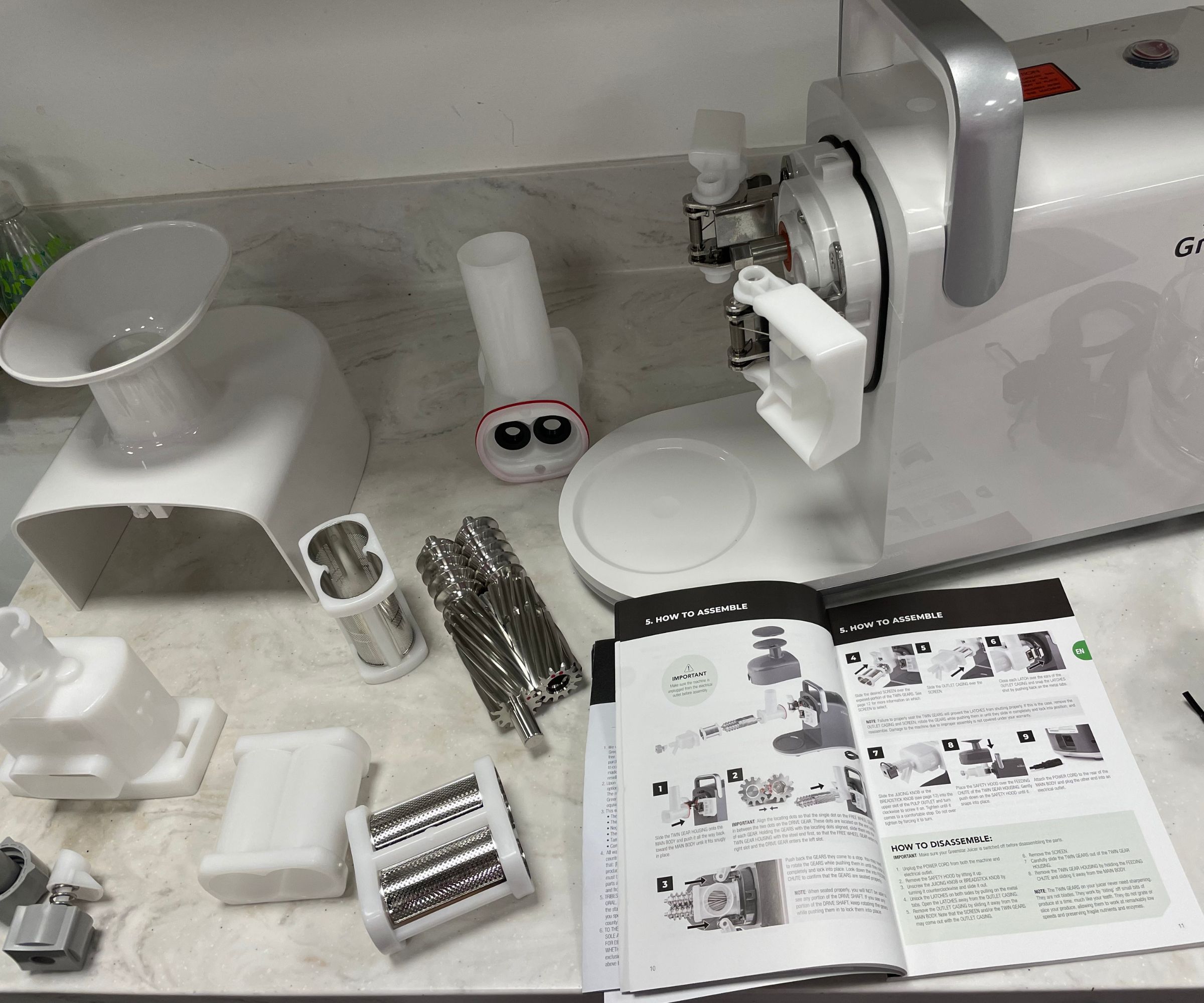
The pre and post juice work is often hidden, but it's really important to consider. More basic models won't require much assembly and they're often built from dishwasher-safe plastics, so you can throw everything in the dishwasher when you're done.
As you look at masticating and twin gear juicers, you'll find that there are more parts to remove and deep clean. It can be a real faff (and I've been put off juicing because of this before), so you shouldn't underestimate the power that a big cleaning job can wield over your juicing enthusiasm.
FAQs
What should a beginner consider before buying a juicer?
If you're new to juicing, you might not be ready to drop $700 on the elite juicers on the market. That's totally fine. You should be looking to spend up to $250 (unless you know you're going to use yours every day). Consider the space that you have on your countertops and cupboards. You might want to opt for a small, portable, or manual juicer if you're in a small kitchen, or you can go for a bigger option if you have the space for it.
A key decision factor is what you'll be juicing. If you plan on juicing leafy greens, fibrous ginger, and tough vegetables, you'll need a tougher, more premium juicer. However, if you want to focus on soft fruits, a simple juicer will do the job.
Also think about how much time you are happy to dedicate to assembling and cleaning your juicer, more advanced models will demand more time for you.
I would recommend that someone new to juicing starts with a centrifugal model. This will be quick to make juice and can handle a good chunk of ingredients.
Which type of juicer is best for home use?
Our buying guide for the best juicers on the market is aimed at domestic users, so all of those are perfect for home use. Generally, I'd recommend a centrifugal, masticating, or citrus juicer for your home. Twin gear juicers head towards a more commercial style of juicing, both aesthetically and practically.
Which is better, a centrifugal juicer or a masticating juicer?
We've dedicated a whole article to the centrifugal vs masticating juicer debate. In essence, a centrifugal juicer is quicker, cheaper, and easier to use. If you're about practicality, these are better. If you want a better yield, more nutrients, and higher quality juice, a masticating juicer is the one for you.
Which juicer is the healthiest?
If we take healthiest to mean the juicer which extracts the most nutrients from your fruit and vegetables, then a twin gear juicer is the best. It will make the most nutrient-dense drink of them all. Next in line are masticating juicers, which still extract a lot of nutrients from your ingredients. Then comes centrifugal juicers, which don't have quite as much extraction power.
Sign up to the Homes & Gardens newsletter
Design expertise in your inbox – from inspiring decorating ideas and beautiful celebrity homes to practical gardening advice and shopping round-ups.

Laura is our eCommerce editor. As a fully qualified barista, she's our expert in all things coffee and has tested over thirty of the best coffee makers on the market. She has also interviewed Q-Graders and world-leading experts in the coffee industry, so has an intimate knowledge of all things coffee. Before joining Homes & Gardens, she studied English at Oxford University. Whilst studying, she trained as a master perfumer and worked in the luxury fragrance industry for five years. Her collection of home fragrance is extensive and she's met and interviewed five of the world's finest perfumers (also known as 'noses'). As a result of this expansive fragrance knowledge, she always puts quality and style over quantity and fads. Laura looks for products which have been designed simply and with thoughtful finishes.
-
 Kevin Bacon and Kyra Sedgwick's rustic kitchen island is stunning, but controversial – designers say you can get the look without the hassle
Kevin Bacon and Kyra Sedgwick's rustic kitchen island is stunning, but controversial – designers say you can get the look without the hassleA popular material finds an unorthodox home in the couple's kitchen, but experts disagree on whether it should be used – here's how to do it instead
By Sophie Edwards
-
 How to grow grapefruit for homegrown sweet and tangy, highly nutritious harvests – a fruit tree expert shares their planting and care tips
How to grow grapefruit for homegrown sweet and tangy, highly nutritious harvests – a fruit tree expert shares their planting and care tipsFrom planting to harvesting, this is all you need to know about grapefruit trees
By Drew Swainston